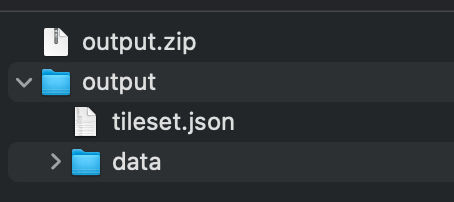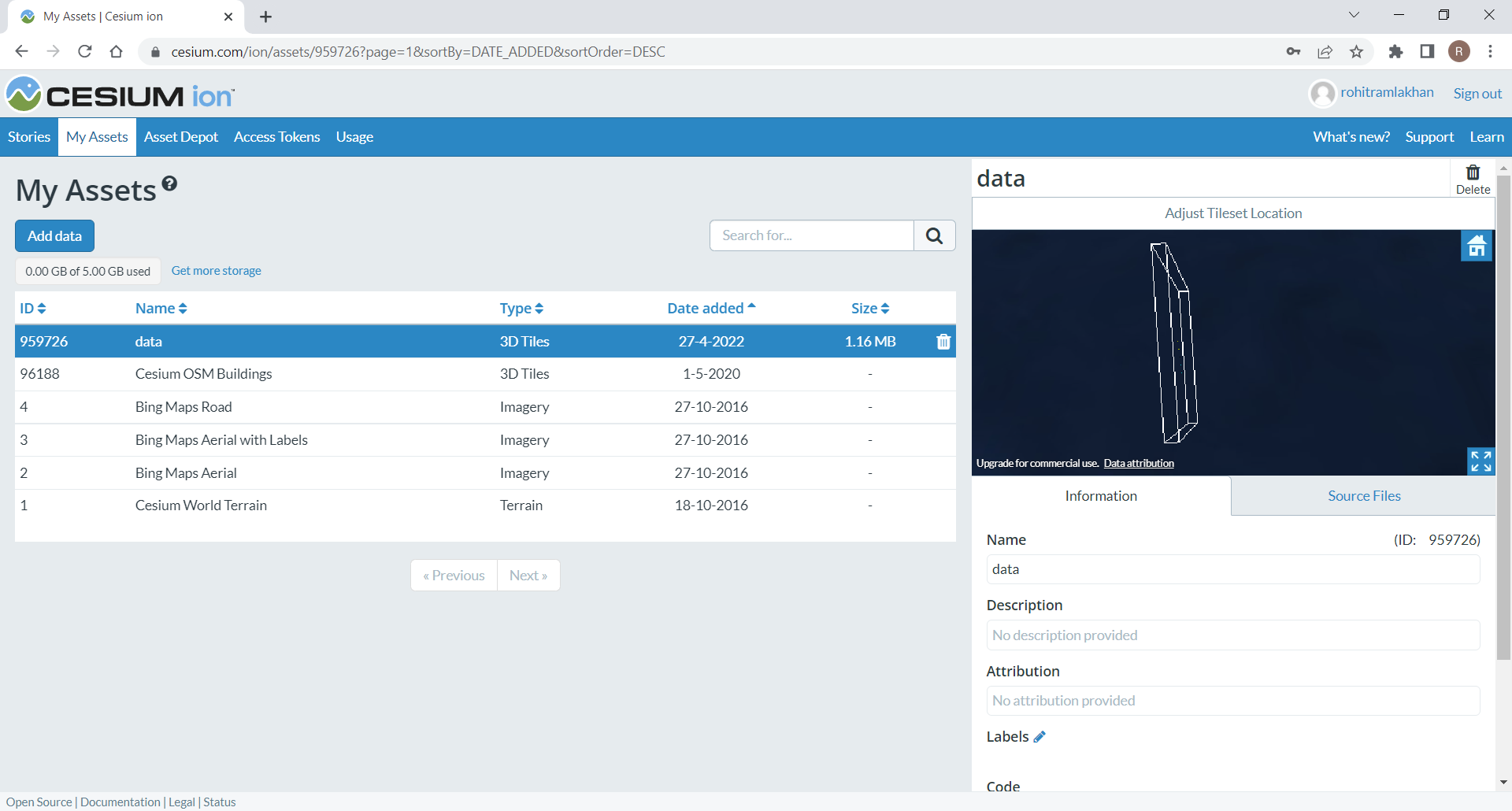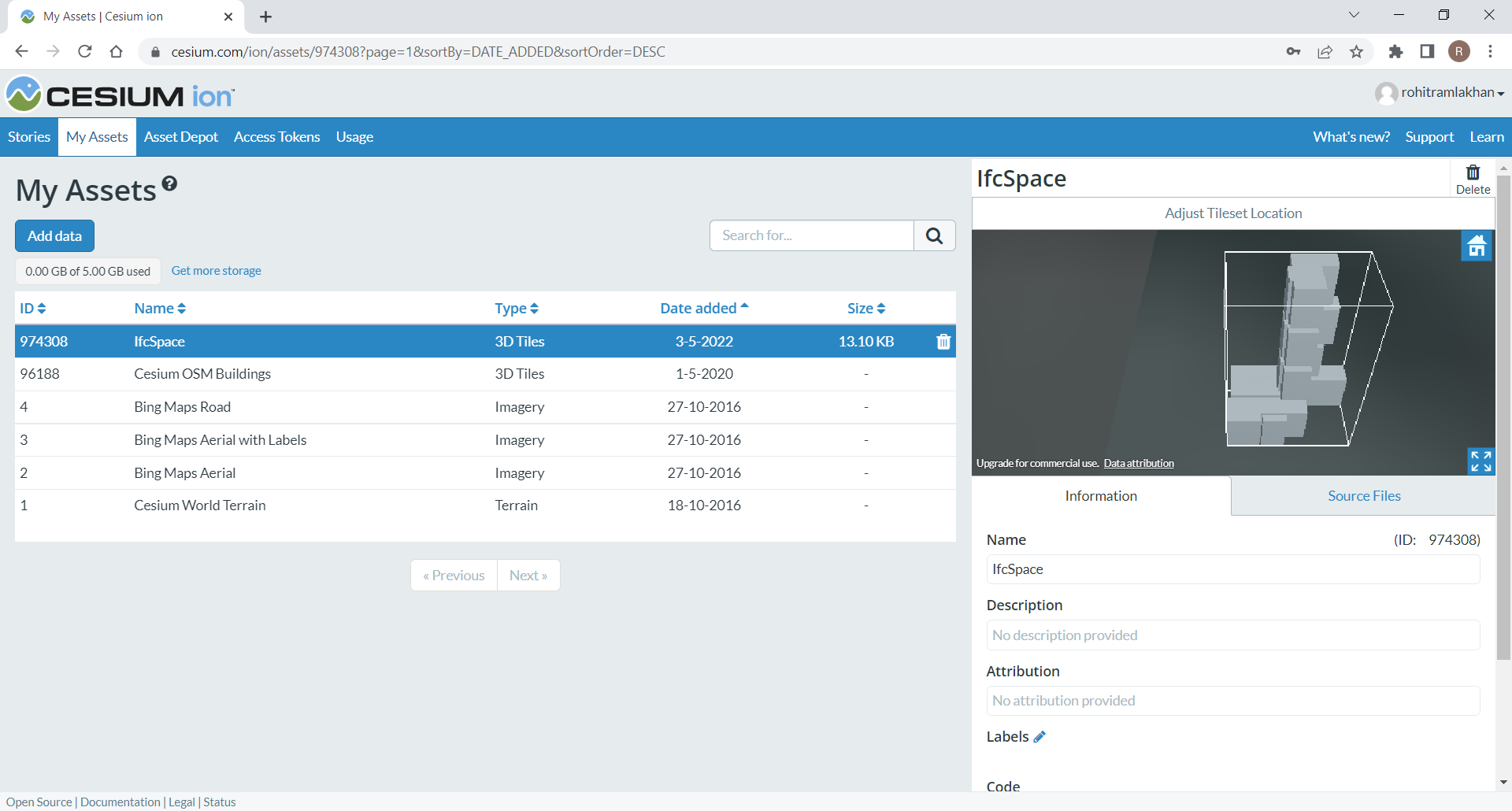I have tried to convert an IFC file to Cesium 3D Tiles with the Cesium 3D Tiles writer.
This results in one JSON file and one or more B3DM files (depending on the IFC file structure).
When I try to add the JSON and B3DM file(s) to Cesium ion, the model does not appear.
How can I fix this?
Is there another method to convert IFC files to 3D Tiles with FME?
Best answer by daveatsafe
View original









